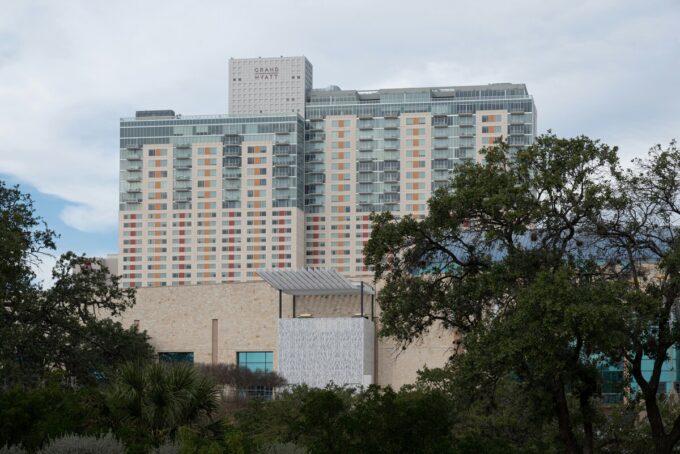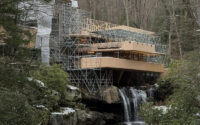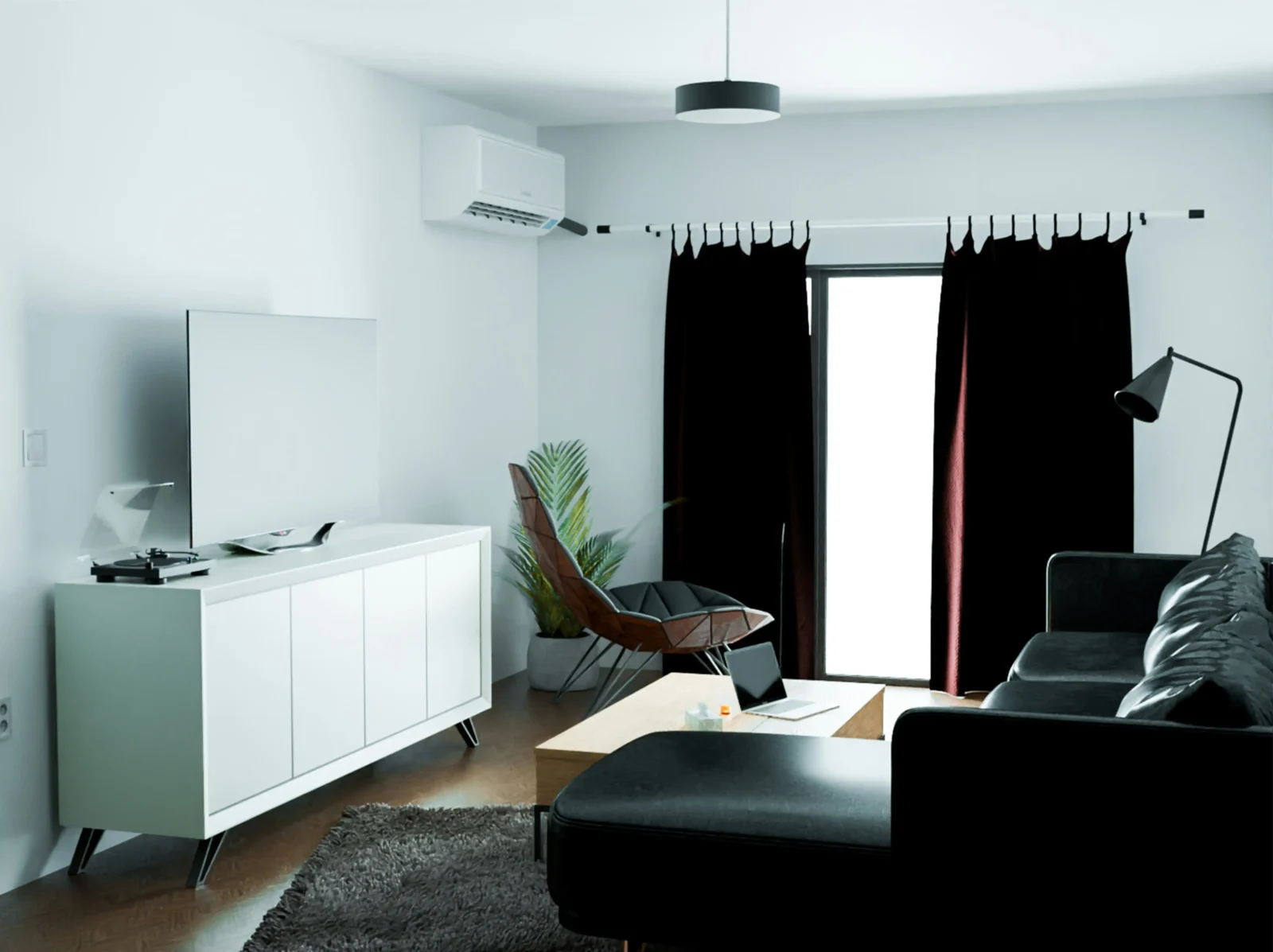- Home
- Articles
- Architectural Portfolio
- Architectral Presentation
- Inspirational Stories
- Architecture News
- Visualization
- BIM Industry
- Facade Design
- Parametric Design
- Career
- Landscape Architecture
- Construction
- Artificial Intelligence
- Sketching
- Design Softwares
- Diagrams
- Writing
- Architectural Tips
- Sustainability
- Courses
- Concept
- Technology
- History & Heritage
- Future of Architecture
- Guides & How-To
- Art & Culture
- Projects
- Interior Design
- Competitions
- Jobs
- Store
- Tools
- More
- Home
- Articles
- Architectural Portfolio
- Architectral Presentation
- Inspirational Stories
- Architecture News
- Visualization
- BIM Industry
- Facade Design
- Parametric Design
- Career
- Landscape Architecture
- Construction
- Artificial Intelligence
- Sketching
- Design Softwares
- Diagrams
- Writing
- Architectural Tips
- Sustainability
- Courses
- Concept
- Technology
- History & Heritage
- Future of Architecture
- Guides & How-To
- Art & Culture
- Projects
- Interior Design
- Competitions
- Jobs
- Store
- Tools
- More

Creating beautiful and functional buildings is the goal of every architect. A building must not only be visually appealing but also serve a specific purpose, be it a residential, commercial or industrial space. The process of designing such a building requires attention to detail, creativity, and a clear understanding of the needs and desires of the end-user. In this article, we will discuss some essential tips for creating beautiful and functional buildings.
Understand the Purpose and Context of the Building
Before beginning any design work, it is essential to understand the purpose of the building and its context. This means taking into account the site, the local climate, and the needs of the people who will use the building. For example, if the building is located in an area with a lot of sun exposure, it may be necessary to incorporate shading elements into the design. Similarly, if the building is intended to be used by children, it may need to be designed with safety features in mind.

Consider the Building’s Aesthetics and Form
The aesthetics of a building are an essential factor in creating a beautiful and functional space. The design of the building should be visually appealing and should reflect the needs and desires of the end-user. The form of the building should also be considered, as it can have a significant impact on the functionality of the space. For example, a building with an open floor plan may be more suitable for a commercial space, while a building with separate rooms may be more appropriate for a residential space.
Focus on the User Experience
A building should be designed with the end-user in mind. This means considering how people will move through the space, how they will interact with each other, and what their needs and desires are. For example, a building that is intended to be used as a restaurant should be designed with a layout that allows for efficient movement of staff and guests. Similarly, a building that is intended to be used as a home should be designed with spaces that are comfortable and functional for the people who will live there.

Embrace Sustainability and Energy Efficiency
Sustainability and energy efficiency are becoming increasingly important in building design. A building that is designed with sustainability in mind will have a lower environmental impact and will be more cost-effective in the long run. This can include features such as passive solar heating, natural ventilation, and the use of sustainable materials.
Pay Attention to Detail
The details of a building can make a significant impact on its overall beauty and functionality. This means paying attention to elements such as lighting, materials, and finishes. The use of natural light can enhance the aesthetics of a space, while the use of high-quality materials and finishes can make a space feel more luxurious and functional.

In conclusion, creating beautiful and functional buildings requires a balance of creativity, attention to detail, and consideration of the end-user’s needs and desires. By understanding the purpose and context of the building, focusing on aesthetics and form, prioritizing the user experience, embracing sustainability and energy efficiency, and paying attention to detail, architects can create buildings that are both visually stunning and highly functional.
Pioneer Architects of Functional and Beautiful Buildings
There have been many pioneers in the world of beautiful and functional building design throughout history. Here are a few notable architects who have made significant contributions to the field:
Frank Lloyd Wright: Frank Wright’s designs often incorporated natural materials and innovative construction techniques to create buildings that were both beautiful and functional.
Le Corbusier: Le Corbusier’s designs often incorporated new materials, such as concrete, and he was a proponent of the idea that buildings should be designed with the needs of their inhabitants in mind.
Renzo Piano: Renzo Piano is an Italian architect who is known for his innovative designs and his focus on sustainability. His buildings often incorporate new materials and technologies.
Zaha Hadid: Zaha Hadid’s buildings often incorporated complex geometries and fluid, organic forms. Hadid was the first woman to win the Pritzker Architecture Prize, and she was a trailblazer for women in architecture.

Submit your architectural projects
Follow these steps for submission your project. Submission FormLatest Posts
10 Common Architectural Symbols and Their Meanings
Architectural drawings rely on symbols to communicate complex ideas quickly and clearly....
Best LED Shop Lights 2026: Brightest Options for Garage & Workshop
In 2026, LED shop lights have become essential for creating safe, efficient,...
Coloring Your Year: Using Traditional Lunar New Year Hues to Transform Your Apartment Décor
Lunar New Year always brings a burst of color and energy, making...
Chandelier Light vs Ceiling Lights: Which Decorative Lighting Works Best for UAE Homes in Winter?
Winter in the UAE doesn’t arrive loudly. It doesn’t announce itself with...












Leave a comment